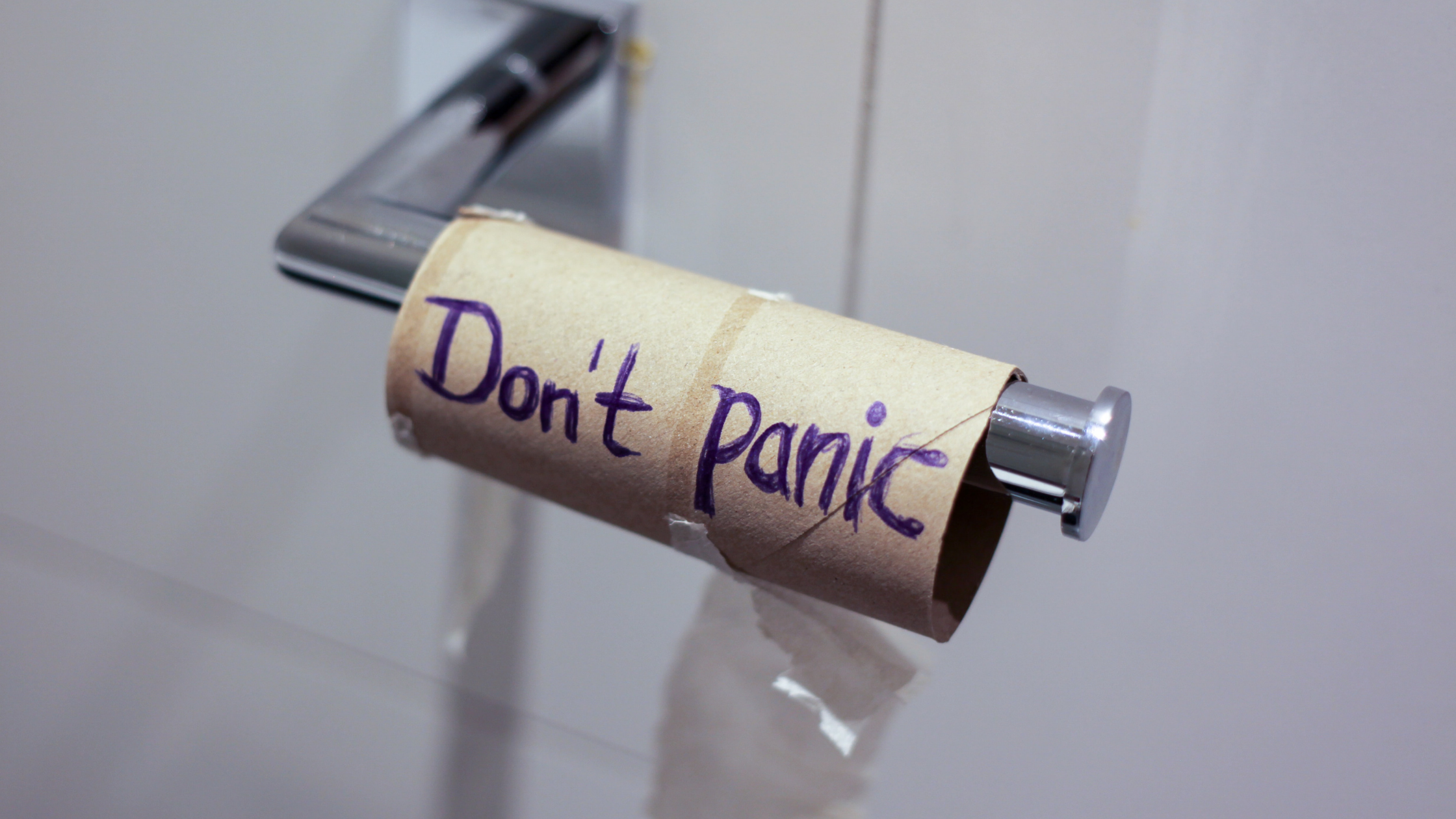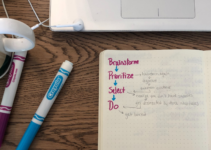I’m a natural optimist. I don’t know why I am the way I am, but my ability to see the bright side rarely flags. Unfortunately, this leads me to be…optimistic…with what I can accomplish in any chunk of time. Ask any of the managers that I’ve had, and they’ll confirm that I always seem to think that I can squeeze one more thing into my calendar. This, combined with my scanner personality, has been disastrous to my goals in the past. Happily, I’ve recently learned of a new way to use my positive outlook in a constructive way: mental contrasting.
The Shortcomings of Positive Thinking
I’ve seen a lot of sources pushing positive thinking as a way to overcome your mental obstacles and *~achieve your dreams~*.
The problem is, positive thinking doesn’t really work. At least, not on its own. German psychologist (and princess – check out her Wikipedia page) Gabriele Oettingen wrote a piece for the New York Times about the downsides of positive thinking.
Namely, our brains are exceptional at prioritizing short-term payoff. But a long-term goal often requires you to sacrifice short-term comfort for long-term gain. I want to learn to speak better German, but that means putting off a lot of video game time before I can feel accomplished at the new language. Unfortunately, simply visualizing the result you want will backfire. Oettingen has conducted numerous studies finding that, the more you focus on your positive outcome, the less successful you will be.
Does that make sense to you? Because it does to me. The more time I spend imagining the exciting things I can do once I can confidently speak coherent German, the more I realize just how damn far I am from that goal. So, what’s a girl to do?
Enter mental contrasting.
What is Mental Contrasting?
Now, mental contrasting isn’t completely different than positive thinking. In fact, mental contrasting is a process to harness positive thinking and funnel it into forward momentum on your goals. And if you consider yourself a realist or pessimist who naturally finds the flaws in any plan, mental contrasting is going to come very naturally to you.
Essentially, mental contrasting means you take time to dream up your big, long-term goal. Then, you acknowledge what’s going to be hard about achieving the goal. Finally, you make a plan for when you hit those obstacles.
Sound simple? That’s because it is. By first indulging in the fantasy of a completed goal, then shifting gears to imagine the obstacles, you balance the benefit of positive thinking with the motivational realism of building plans for the future.
One more fun little tidbit: if your goal is outlandish or unattainable, mental contrasting can lead to less motivation over time. This is a good thing – by using mental contrasting, you’ll be able to focus your motivation on the goals that you can achieve and discourage yourself from focusing on unattainable goals!
The Mental Contrasting Process: WOOP
Oettingen came up with a snappy acronym for the process of mental contrasting: WOOP
W – Wish
Start by imagining your goal. What is it that you want to achieve?
I want to be able to read trashy beach reads in German.
O – Outcome
Ok, but seriously. What exactly do you want to achieve? What will it feel like when you achieve it? Indulge a little here. Allow yourself to imagine the emotions that come along with success. Be specific and let it be real to you.
If I’m good enough at German to read books, I’ll really feel like I’ve lived in Germany. Then, a huge chunk of the bookstore will suddenly become available to me. And the library! Nothing makes a place feel like home like having access to books there.
O – Obstacle
This is the part where you give your inner pessimist the microphone. What is going to get in your way as you work to achieve this goal? Focus on the things in your control, and most specifically your own inner obstacles to getting to the finish line.
With my German practice, I get discouraged and a little bored. I know that the best way to learn is with the Fluent Forever method, making flashcards and studying every day. But I get bored of that sometimes. It’s also really scary to speak German with people, even Zack. I’m terrified of looking like an idiot or just…not understanding and letting the conversation fizzle.
P – Plan
Cool. You have your list of obstacles. Now, plan around them! I had a boss once who encouraged us to do “pre-mortems” for each product launch. We’d sit with our cross-functional team and dream up our worst-case scenarios. Then, we’d decide what to do if those things happened. This is the same thing. Make “if-then” statements to outline how to overcome your obstacles.
If I get bored of making and studying flashcards, I’ll watch German TV or read a kids book in German (I have Matilda by Roald Dahl on my shelf). If I find myself letting Zack take the lead on all German conversations, I’ll plan a German-only day at home to practice talking with Zack. Or I’ll take a week and focus on my successes at speaking in my online German classes.
And that’s it! Four simple steps to implement mental contrasting into your goal-setting practice. This is going to be a tool I pull out of my toolbox when I find my initial enthusiasm for a long-term goal has worn off and it’s time to give myself a little boost. When will you use it? Drop me a comment and let me know!




